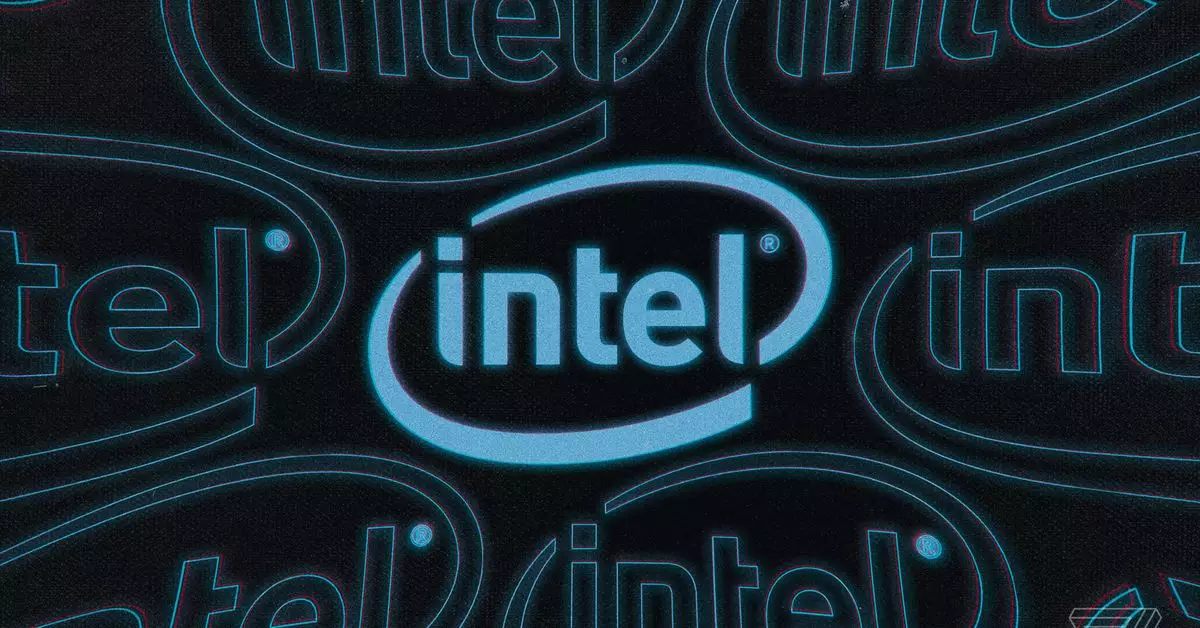Intel’s recent foray into the world of processors with its Arrow Lake-based Core Ultra 9 200S-series has generated mixed reactions from both critics and consumers alike. Following a pattern that seems almost synonymous with tech giants’ periodic releases, the new offerings were met with skepticism, particularly concerning their gaming capabilities. Reviews have indicated that these chips are struggling to deliver the promised performance, especially when juxtaposed against AMD’s high-performing alternatives, such as the Ryzen 9800X3D. Despite Intel’s assurances that it would not surpass AMD in gaming benchmarks, the reality of the Arrow Lake’s performance falls short of expectations, leaving gamers and tech enthusiasts clamoring for clarity and assurance.
In a recent interview, Robert Hallock, Intel’s VP and GM of client AI and technical marketing, addressed the concerns surrounding Arrow Lake. Hallock started by acknowledging the disappointing reviews while asserting that these chips should perform better than they currently do. His remarks signal a level of self-awareness within the company, which is critical for building consumer trust. According to Hallock, the fundamental architecture of the Arrow Lake chips is solid, but unforeseen issues may have adversely affected their gaming performance.
One notable takeaway from this interview is the transparent nature of Intel’s communication. Hallock explicitly stated that the performance issues were Intel’s responsibility, dismissing any external factors such as software limitations from Microsoft. Such honesty is refreshing in a field where blame-shifting is common; it reflects an understanding of the company’s obligation to its consumers and stakeholders.
The pressing question now is when Intel will provide an actionable plan towards rectifying these performance issues. Hallock hinted at a comprehensive update set to be unveiled by late November or early December, detailing both the causes of these gaming performance hurdles and the steps to address them. This forthcoming transparency could potentially mitigate some of the frustration felt by users and reviewers alike, providing Intel an opportunity to regain some of the faith that has been wavering amidst competitors such as AMD.
The acknowledgment of performance issues combined with a commitment to improvement highlights a crucial turning point for Intel. It poses the question of whether consumers will be willing to give Intel the benefit of the doubt as it works to remedy these shortcomings. The tech industry thrives on trust, and retaining consumer confidence amid criticism is paramount for Intel’s future success.
As Intel navigates the complexities of modern computing and gaming, the lessons learned from the Arrow Lake launch could serve valuable in shaping its upcoming projects. The challenge now lies not only in addressing the current deficiencies but also in redefining the standards for what consumers expect from Intel processors moving forward. Given the rapid pace of technological advancements, Intel must adapt and innovate to maintain its footing in an increasingly competitive market. By effectively communicating both challenges and solutions, Intel may be able to rebuild its reputation while delivering enhanced performance products that meet the expectations of both gamers and tech aficionados. The next few months could be pivotal as Intel seeks to re-establish itself at the forefront of processor technology.

